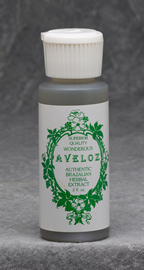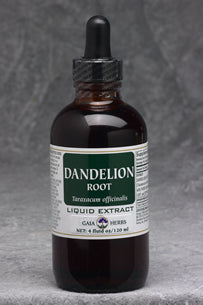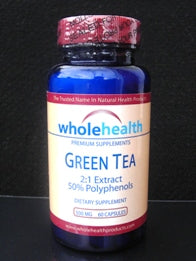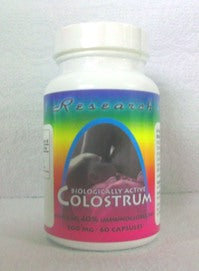AVELOZ EXTRACT
|
a tenacious esharotic (tissue tearing) plant from South America.
|
||||||||
Rich Folklore History Aveloz is an important folk medicine item of the Amazon Indians, who have been using the substance through time immemorial and told it secrets to the many colonists who settled in northeastern Brazil. Dr. Pamifilio, who practiced medicine in Pernambucco, Brazil into the 1880's and 1890's is given credit for introducing the old Indian remedy into the white man’s pharmacopoeias. His reports on Aveloz sap were taken back to Europe by Juan Gomez Pamo, who had been a professor of medicine in Havana before being appointed as the Queen of Spain’s public health counselor. Aveloz remained relatively obscure until the 1980s when the ‘Spotlight magazine’ published a story detailing its rich folklore uses and its amazing effects upon human health. |
||||||||
The botanical name for Aveloz is Euphorbia heterodoxa. Other botanical names for related varieties include: Euphorbia entheurodoxa, Euphorbia insulana, Euphorbia Humnoclada, Euphorbia gymnoclada among others. They all have the same medicinal properties, although they vary slightly in shape and size. The saps of various Euphorbia species have been used in folk medicine since at least 400 B.C. The botanical name for Aveloz is Euphorbia heterodoxa. Other botanical names for related varieties include: Euphorbia entheurodoxa, Euphorbia insulana, Euphorbia Humnoclada, Euphorbia gymnoclada among others. They all have the same medicinal properties, although they vary slightly in shape and size. The saps of various Euphorbia species have been used in folk medicine since at least 400 B.C. |
||||||||
|
||||||||
|
A wide range of phytochemicals are contained in the Aveloz sap:3,3'-di-o-methylellagic-acid,12-o-(2z)(4e)-octadienoyl-4-deoxyphorbol- 13-acetate, Beta-sitosterol, Caoutchouc, Citric-acid, Ellagic-acid, Euphol, Euphorone, Glucose, Hentriacontane, Hentriacontanol, Isoeuphoral, Kamepferol, Malic-acid, Resin, Sapogenin-acetates, Succinic-acid, Taraxasterol, Taraxerin, Tirucallol.In addition to Aveloz, ellagic acid is also contained in many health giving fruits such as such as raspberries, strawberries and pomegranates. Ellagic acid reinforces and strengthens the outer wall of healthy (aerobic) cells and helps protect them from the invasion of unhealthy (anaerobic) cells. When anaerobic cells are successful in permeating neighboring aerobic cells, these healthy cells then become anaerobic. Ellagic acid in pill form has been known to cause severe cases of nausea and vomiting.. This side effect, however, does not occur in the natural Aveloz product just as this does not occur when ellagic acid is consumed in its other natural forms such as berries. Some of the other compounds in Aveloz are diterpene esters which has been subject of a great deal of medical research. Aveloz works synergistically with the Lapacho Extract and they make a great herbal combination. We have been making this combination available since 1980.
Dosage Add 5 drops of Aveloz Extract to a liquid beverage (preferably in Willard’s Water) and take 3 times per day on an empty stomach. 2oz. Bottle of Liquid Extract of Aveloz 1 bottle $30.00 2 bottles ($27.50 each) 55.00 6 bottles ($25.00 each) $150.00 Dietary Supplement Use Only! This product is not intended to treat, cure, mitigate or prevent any disease. These statements have not been evaluated by the Food and Drug Administration. |
||||||||










